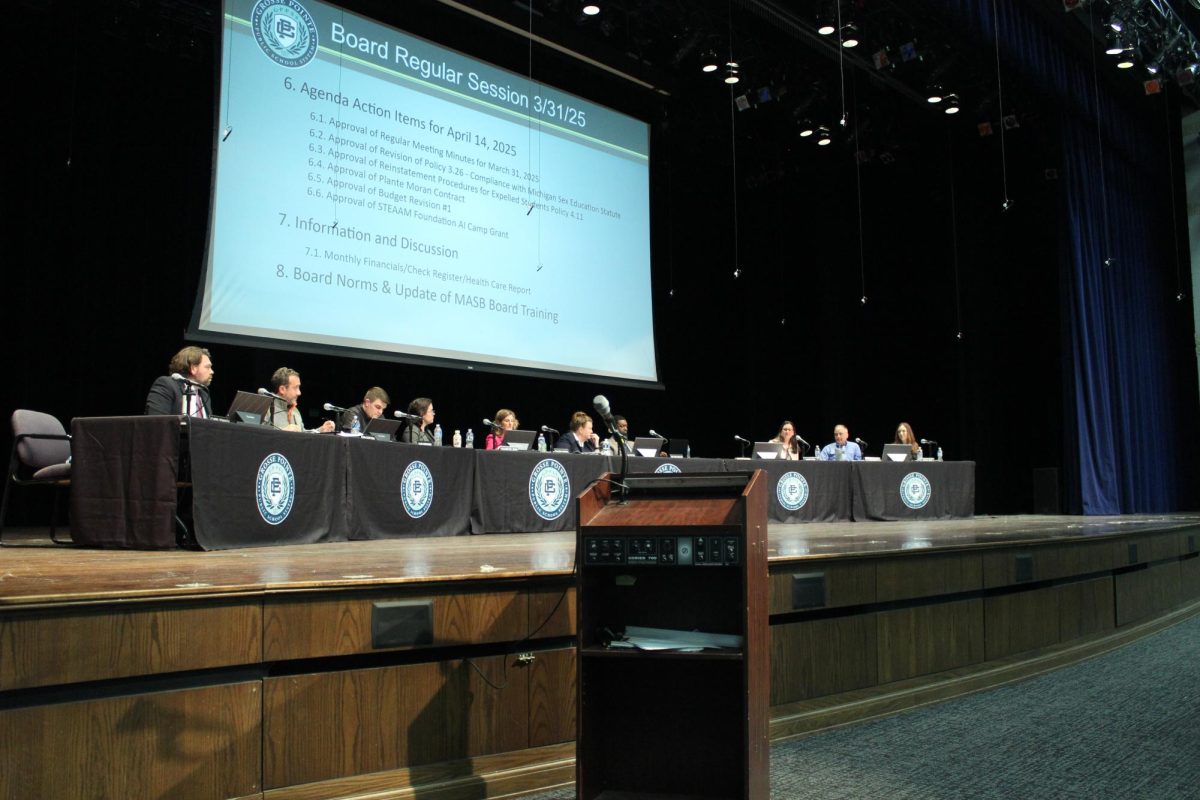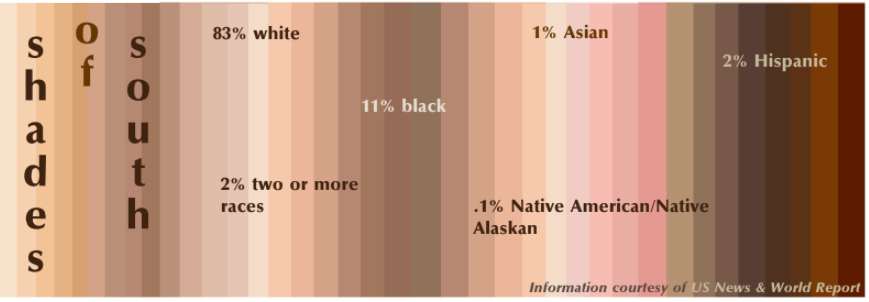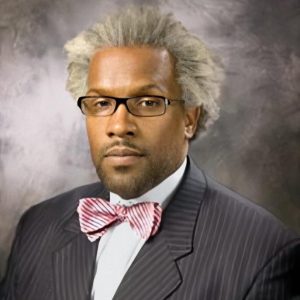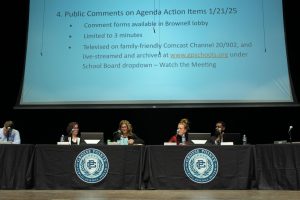South lacks diversity in national rankings, but do students truly feel it?
February 15, 2018
Renee Liu ’19 started the Chinese Culture Club at South primarily to spread the culture of her family roots and its long history with anyone who was interested, but in a school where she can count the number of people of Asian descent with both hands, it was also to promote diversity and acceptance of Asian culture.
The club is now one of a few other clubs such as BASE or GSA that seek to spread this kind of awareness in a school that significantly lacks a diverse population. Organizations such as Niche and the US News & World Report which rank schools recognize this lack of diversity in numbers, but how minority students actually feel at South is more varied than the numbers could show.
“Obviously facts are facts and it’s obvious that South doesn’t have a diverse student body,” Liu said, “but walking around the school I don’t ever feel like there is any oppression against minority students.”
Liu only started the club this year, but it has been a surprising success with around 20 students participating, many of them white.
“I think the fact that all these people were willing to go and learn shows that many students try their best to accept minority cultures,” Liu said.
While students like Liu make a difference through their own activities, the administration also looks to help make South a welcoming community.
“A big part of my job as a principal is working on inclusion: how do kids feel here at South,” Principal Moussa Hamka said, “That’s the part we can work on and where we can make a difference.”
Hamka recognized that there has definitely been issues over the past couple years, referencing things such as students posting videos containing racist ideas. But he thinks the school has made tremendous progress.
“I think and people definitely have said to me, that we came out of those incidents a lot stronger and we turned it into a learning experience,” Hamka said.
Hamka cited significant progress in diversity within the classrooms, such as the review of literature in English classes and the updates in Social Studies classes to include more discussion about things like the Civil Rights movement.
“These changes have definitely contributed to an overall welcoming culture here at South,” Hamka said, “but that doesn’t mean that things are perfect and we definitely have more work to do.
Hamka acknowledged that there will always be more challenges ahead as new groups of students come in each year. It isn’t just the academics that they need to adapt to, but the society at South, explained Hamka.
“You always get a new crop of students who come in as freshman, so the challenge is how to acclimate them,” Hamka said. “We have to figure out how to teach them what is and isn’t acceptable here.”
Part of this responsibility rests on activities like class meetings, but groups like NHS and Peer to Peer also help show students how to contribute to a positive school environment, according to Hamka.
“These groups and activities help students build empathy,” Hamka said. “We live in a very polarized society, so it helps if students can walk a few steps in other people’s shoes.”
Hamka brought up social media as a major factor that contributes to the school environment. With more time spent getting news from platforms like Twitter and Instagram, it can become a challenge to open students perspectives.
“Lots of people receive their news from Twitter but you tend to follow like-minded people who will reinforce your beliefs,” Hamka said. “So the problem becomes opening up your mind to opposing viewpoint and discussions.”
One of the tools that has helped the school, according to Hamka, are different groups that have emerged such as SEEDS program or sending kids to the University of Michigan conferences; however, some students do not have such a positive outlook on these groups.
“This school does not try that hard to make this a diverse place,” LaShun O’Rear ’18 said. “When they create programs like SEEDS to help students of color and help educate white students, they don’t listen to minority students who try to improve the program.”
O’Rear expressed disappointment that when he tried to make suggestions for these diversity programs, it was seen as him attempting to belittle them. He also sees a problem with the members who are assigned to these groups.
“The people that they put on these diversity tasks forces are mainly white and they don’t really understand what it’s like to be a student of color,” O’Rear said. “So we, the students of color, aren’t involved in making this a more diverse society.
“We deserve to be a part of this conversation because we are the topic,” Malaysia Searcy ’18.
O’Rear isn’t completely disillusioned with the administration, as he did think that they have tried to take steps in the right directions, but that is not what matters to him.
“They have tried but they have failed,” O’Rear said. “Trying isn’t enough anymore, it is important to try and succeed at making all students feel welcome.”
As much as the administration talks about focussing on inclusion and making all students feel welcome at South, O’Rear believes they should also focus on bringing in a more diverse group of students.
“They don’t want to open up the borders to let in people from different districts because they’re scared of the stereotypes that they believe,” O’Rear said. “I think they should actually open up the school to everyone.
“They make all these generalizations that aren’t true,” Searcy said. “But everyone deserves an equal opportunity to education.”
However, even without the administration, there is hope in O’Rear opinion for the students to bond and become more welcoming.
“Our generation does a better job of communicating and having the dialogues that really matter,” O’Rear said. “As long as there are students who are willing to come together and empathize, we can make a difference.”
Despite differing opinions on the way the school and its students handle diversity, both the students and administration knows that there is a long way to go.
“Whatever problems we have had we have surpassed them and we can surmount any future challenges,” Hamka said. “It’s our job to help students become welcoming and open-minded because that’s part of what education is about.”














































































